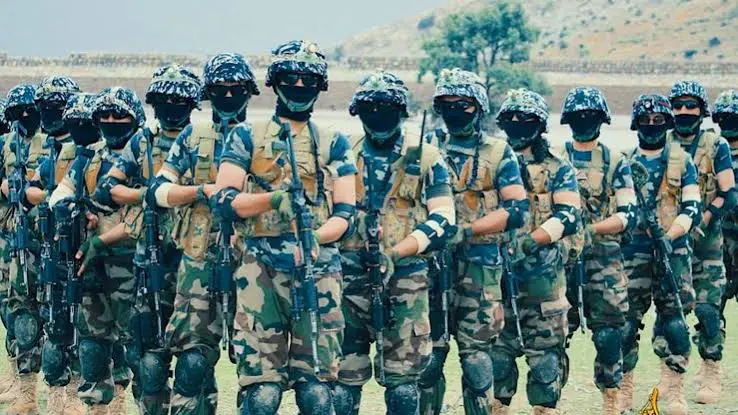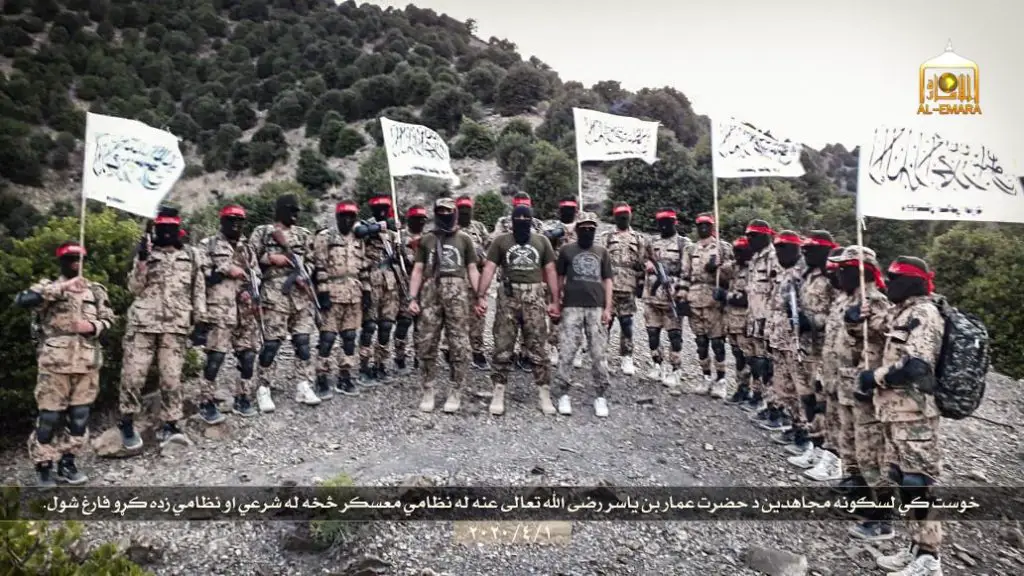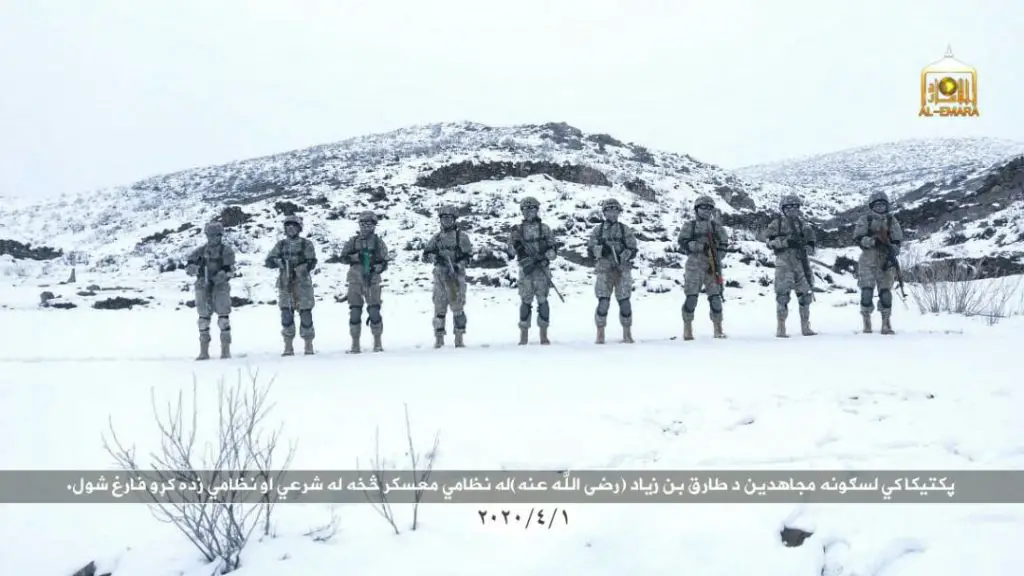“What distinguishes this force (Sara Kheta) from other fighting units is its intensive and longer training, the degree of vetting, its tactics, weapons and equipment, and structure,” Borhan Osman, senior Afghanistan analyst at the International Crisis Group (ICG).
Armed with advanced tactical equipment and special training, the Danger Group or Sara Kheta (meaning ‘Red Unit’ or ‘Red Group’ in the Pashto language) and Badri 313 (a name derived from the battle of Badr where 313 Muslims fought against orthodox Arabs) are the Taliban’s absolute Ace Forces.
There were mentions of a Taliban “special-forces unit” in June 2015 when Taliban fighters had published photos showing a training camp where recruits were being trained on heavy machine guns and anti-aircraft guns, on social media.
In December 2015, the Taliban said that they were unleashing their elite special forces to eliminate fighters allied with the Islamic State (IS) that had emerged in Afghanistan earlier that year.

Later in 2016, the Afghan military officials confirmed the existence of Sara Kheta in the southern province of Helmand.
The special force consists of about 300 commandos known to be better trained than most Afghan National Army soldiers, equipped with “advanced weaponry”, including night vision equipment, heavy machine guns and M4 carbines, non-encrypted Icom IC-V8 VHF radios, 82-millimetre rockets, laser pointers, heavy machine guns and dozens of armoured Humvees and Ford Ranger pickup trucks stolen from Afghan forces.
The Taliban had taken some steps to professionalize the Red Group special forces, such as through the publication of a set of “rules” for all their members.
Haji Nasrav, the first known commander of the unit according to a 2016 report by the Military Times was succeeded by Mullah Taqi in 2017 according to a BBC report. Later in November 2017, Mullah Taqi was killed by NATO forces, according to the Afghan National Directorate of Security, and was succeeded by Mullah Shah Wali (alias “Haji Nasir”).

After Haji Nasir was killed in December 2017, a potential successor, an advisor to Mullah Shah Wali, the German mujahid Abdul Wadood, was captured by the Afghan military in March 2018.
By 2020, one of its main trainers was reported to be the man described by the Taliban media as “the Mujahid of Mujahideen”
Ammar Ibn Yasser and the Red Unit is still believed to be active and have played a very important role in the Taliban’s win over Afghanistan.
Sara Kheta’s members are different from the average Talibani fighter in various regards. A significant one being that they’re not loyal to the various clans or villages allied with the Taliban, but to the movement itself.

“What distinguishes this force from other fighting units is its intensive and longer training, the degree of vetting, its tactics, weapons and equipment, and structure,” Borhan Osman, senior Afghanistan analyst at the International Crisis Group (ICG) had said back in 2017.
“The unit is mainly used for quick interventions, high-value targets, special operations, or offences such as capturing a highly strategic area, breaking major sieges of regular Taliban forces, jailbreaks, and escorting important leaders,” Osman had added.
Even though being called the Taliban’s ‘Special Forces’, the Red Group does not perform the traditional special operations and missions that a normal special unit might be used for. Instead, this unit was used as shock troops or a rapid deployment force.
In other words, this special force was deployed with night vision technology, night raids, and a tactical focus on cutting roads and supply lanes to towns and villages, instead of direct attacks on checkpoints and police stations.
The unit often raids isolated outposts by moving on motorcycles, destroying local defences and retreating before enemy forces can respond. The Red Group often spearheads Taliban offensives, as it has proven to be very effective in combat.
It was speculated that the equipment that Sara Kheta had, including night-vision goggles, was acquired during raids on Afghan forces or through corrupt commanders selling sensitive military equipment. This was believed to be the evidence of endemic corruption of local commanders and government officials who were selling sensitive equipment to insurgent elements for financial gain.
The speculation wasn’t deemed to be ridiculous as this wasn’t the first time that corruption had threatened the Afghani National Forces, as corrupt commanders were found to be stacking their force rolls with fake names or dead personnel to continue to collect government salaries.
Another one of Taliban’s Special Elite Force, ‘Badri 313’ is now quite the talk of the town as the unit was seen on Taliban-linked social media accounts, claiming that the special force is providing “security” to civilians at Kabul’s international airport and “guarding” the streets of Kabul to prevent any reprisals.
This special forces wing of the Taliban’s army has been responsible for some of the Taliban’s critical battlefield successes and has also conducted complex “martyrdom” operations.
Both the ‘Sara Kheta’ and the ‘Badri 313’ special forces are active and responsible for close-quarter combat, desert warfare, direct action, guerrilla warfare, mountain warfare, raiding and special operations.
Though not much is known about the Badri 313 unit, they were seen roaming around the streets, patrolling in the U.S. Army’s Humvee Armoured Vehicles, what was seen as a unit of commandos equipped with modern tactical gear just like any other nation’s commando unit.
Donned with American style night vision goggles, U.S. made M4 rifles, tactical radios, tactical body armour and knee pads, this Elite force of commandos, according to reports, played a key role in the group’s offensives across the country.
Only a few insurgent groups in the world have special units and the Taliban are now the latest entrants.
